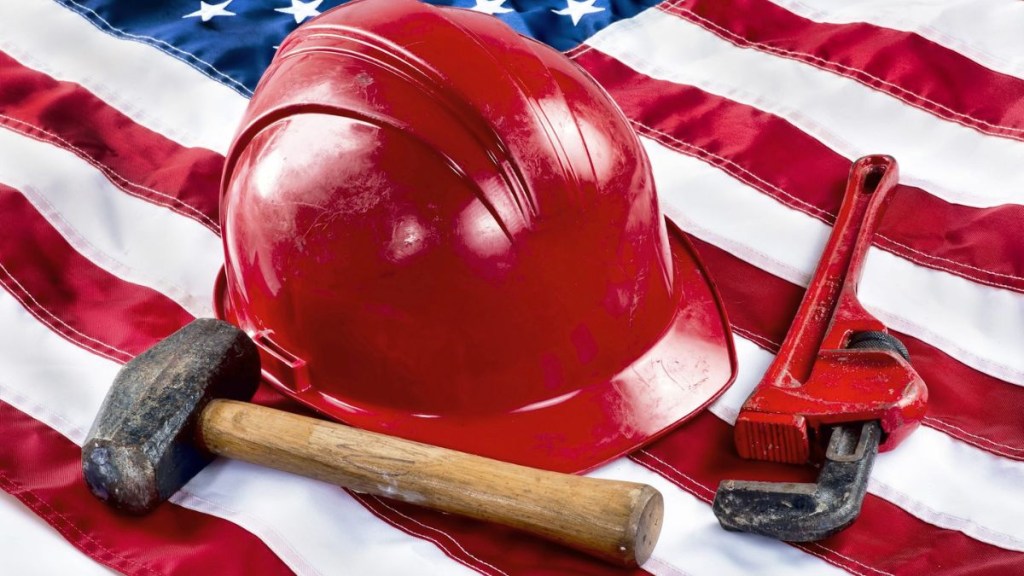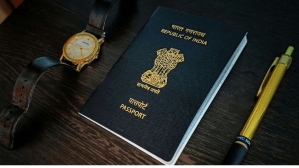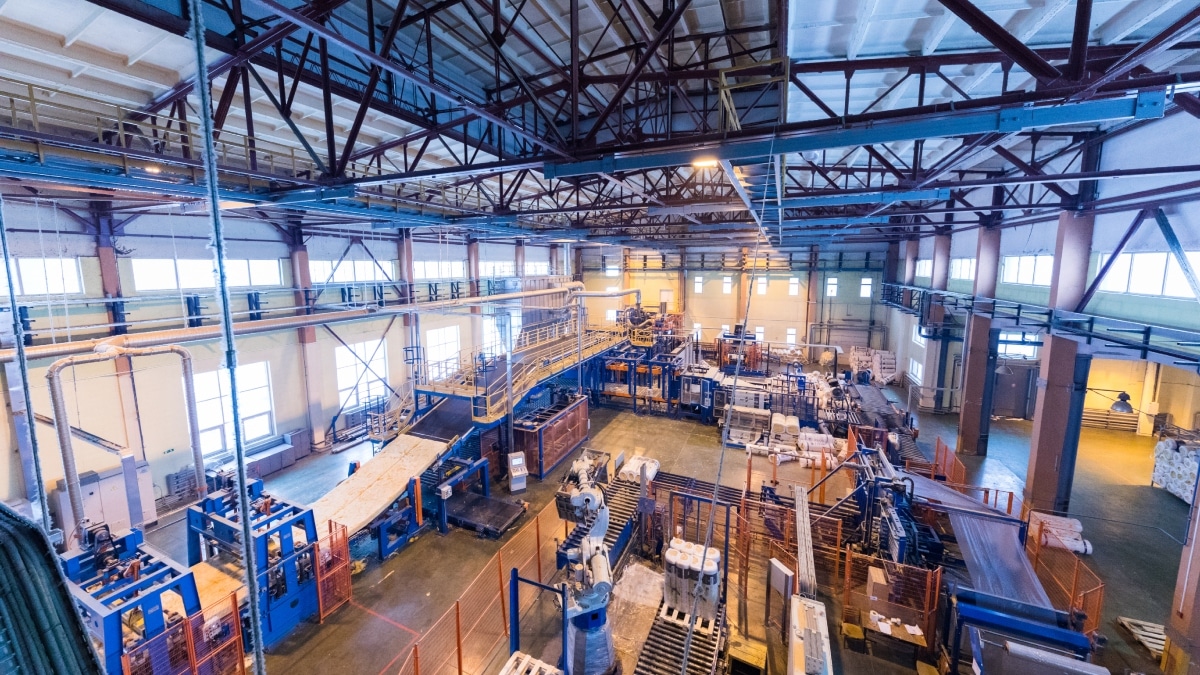Labour Day, a federal holiday in the United States, is dedicated to honouring the social and economic contributions of American workers. It commemorates the labour movement that shaped the nation’s workforce. According to the official website of the U.S. Department of Labour, the first Labour Day parade took place in New York City in 1882, marking the beginning of a tradition that continues to this day. Let’s find out the history and significance of Labour Day in the US.
History and significance of Labour Day in the US
When is Labour Day 2025?
In 2025, Labour Day falls on September 1. The holiday, celebrated on the first Monday of September each year, recognises the hard work and dedication of the American workforce. While the first parade was organised in New York City in 1882, Oregon became the first U.S. state to declare Labour Day a public holiday in 1887, according to the Department of Labour.
Later, in 1894, President Grover Cleveland officially signed legislation designating the first Monday of September as a national holiday. Since then, Labour Day has been celebrated and observed across the country with parades, events, and community gatherings. This marks the importance of workers and how they play a role in shaping America’s economy.
History of Labour Day
Before it became a federal holiday, Labor Day was celebrated by labour activists and individual states. The movement gained momentum after municipal ordinances in 1885 and 1886 encouraged cities and localities to begin acknowledging workers’ rights.
New York was the first state to introduce a bill for Labour Day, but Oregon became the pioneer by passing legislation recognising the holiday on February 21, 1887. After this, four other states, namely Colorado, Massachusetts, New Jersey, and New York, brought laws into force that established the day as a holiday.
By the end of the decade, several more states joined in, like Connecticut, Nebraska, and Pennsylvania. The movement rapidly spread nationwide, and by 1894, a total of 23 additional states had adopted Labour Day as an official holiday.
On June 28, 1894, Congress passed an act making the first Monday of September a federal holiday.
Who founded Labour Day?
The origin of Labour Day has been a topic of historical debate, with two key figures often credited as the holiday’s founders. Some believe it was Peter J. McGuire, the general secretary of the Brotherhood of Carpenters and Joiners and co-founder of the American Federation of Labour. Records indicate that in 1882, McGuire suggested setting aside a day to honour the labour class, calling for a “general holiday for the labouring classes” to recognise those “who from rude nature have delved and carved all the grandeur we behold.”
However, some others credit Matthew Maguire, a machinist and later secretary of Local 344 of the International Association of Machinists in Paterson, New Jersey. Recent findings suggest that Matthew Maguire, while serving as secretary of the Central Labor Union in New York, may have been the one who proposed the idea of Labour Day in 1882.
According to the New Jersey Historical Society, following President Cleveland’s signing of the federal holiday into law, the Paterson Morning Call published an editorial asserting that “the souvenir pen should go to Alderman Matthew Maguire of this city, who is the undisputed author of Labor Day as a holiday.”
Despite the ongoing debate, both McGuire and Maguire are widely recognised for their contributions and both attended the first-ever Labour Day parade in New York City in 1882.
The first ever Labour Day parade
The first Labour Day celebration took place on Tuesday, September 5, 1882, in New York City, organised by the Central Labor Union (CLU). Thousands of workers participated in the parade, marching together to demand fair wages, improved working conditions, and recognition of labor rights.
The next year, the CLU hosted its second Labour Day parade on September 5, 1883. By 1894, widespread support had led to national recognition, and President Grover Cleveland signed the law making Labour Day an annual federal holiday.
Significance of the American Labour movement
Labour Day is deeply rooted in the American labour movement, which began in the late 18th century. The movement arose from workers’ collective struggles for better wages, safer working environments, shorter hours, and job security.
According to History.com, one of the earliest recorded strikes in the U.S. took place in 1768, when New York journeymen tailors protested against a reduction in their wages.
In 1794, one of the first organised labour unions in America, the Federal Society of Journeymen Cordwainers wa started in Philadelphia. The society aimed to protect the wages and working conditions of shoemakers, according to the San Luis Obispo County Employees’ Association (SLOCEA).
Over time, the labour movement became a driving force in shaping national labor laws, leading to the establishment of minimum wages, maximum work hours, workplace safety regulations, and eventually, Labour Day itself as a day of recognition.
How is Labour Day celebrated today?
Today, Labour Day is celebrated nationwide with parades, community events, and family gatherings, honouring the contributions of millions of workers across various industries.








